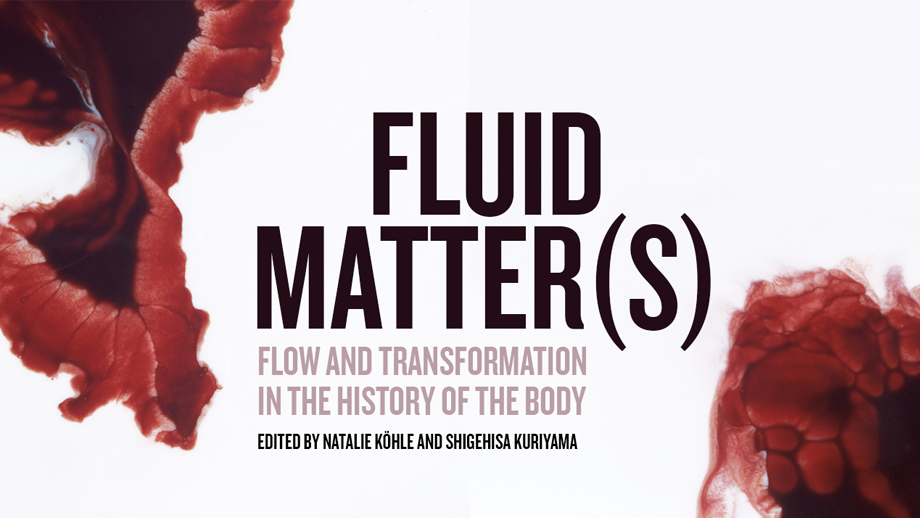20,000 downloads for our first title published using Shorthand
Fluid Matter(s) is the first ANU Press title published using Shorthand. The rich and evocative design has captured the attention of researchers across the globe with over 20,000 downloads since its release in August 2020. Co-editors Natalie Kohle and Shigehisa Kuriyama discuss how programs like Shorthand are transforming digital storytelling for academics.
Do you think more academics will use Shorthand or a similar program in the future?
That’s certainly our hope. We want above all to stimulate more experimentation: as more students and colleagues come to know of programs like Shorthand and to realise how remarkably easy it is to create fluid, image-rich narratives like those in Fluid Matter(s), they will, we hope, join us in exploring the full possibilities of digital storytelling.
Does Fluid Matters deliberately challenge traditional formats for academic text? And why?
Our aim was perhaps less to challenge traditional formats than to expand the horizons of possibility. Our intention, that is, wasn’t to argue against the value of printed texts—for perusing certain kinds of writings, most of our collaborators might themselves still prefer to hold a book printed on paper. Rather, what we sought to show was how other styles of academic exposition are also now possible—to illustrate how serious scholarly content can be communicated compellingly in narratives that are quite different from those found in traditional monographs or journal articles.
What are the challenges facing authors who want to create rich media texts?
As recently as, say, a dozen years ago, there were still technological obstacles. Anyone who wished to compose texts of the sort found in Fluid Matter(s) would have needed considerable technical savvy. Since then, however, these technical barriers have been dramatically diminished, and composing engaging, media-rich texts is entirely within the reach of ordinary academics without any special computer expertise.
The other major challenge lies in the conservatism of academic publishing, which is still mostly rooted in the printed page. Even though most journal articles are now read electronically, these articles are still just digitised copies of paper texts. They currently don’t draw at all upon expressive possibilities of natively digital texts. We hope that more academic publishers will follow the example of ANU Press and engage more aggressively with experiments in creative digital storytelling. They will have to, we believe, if they are to retain a significant audience.




